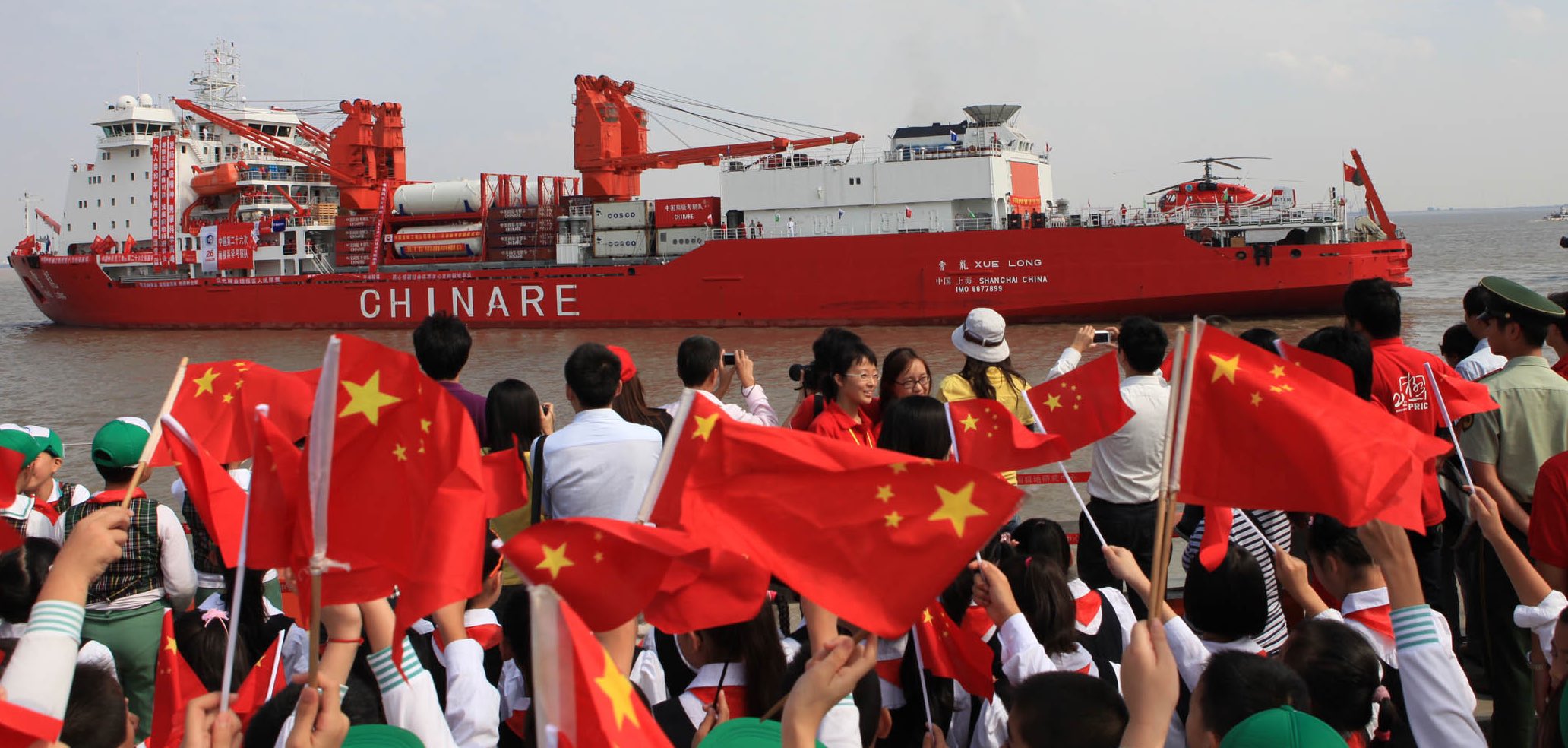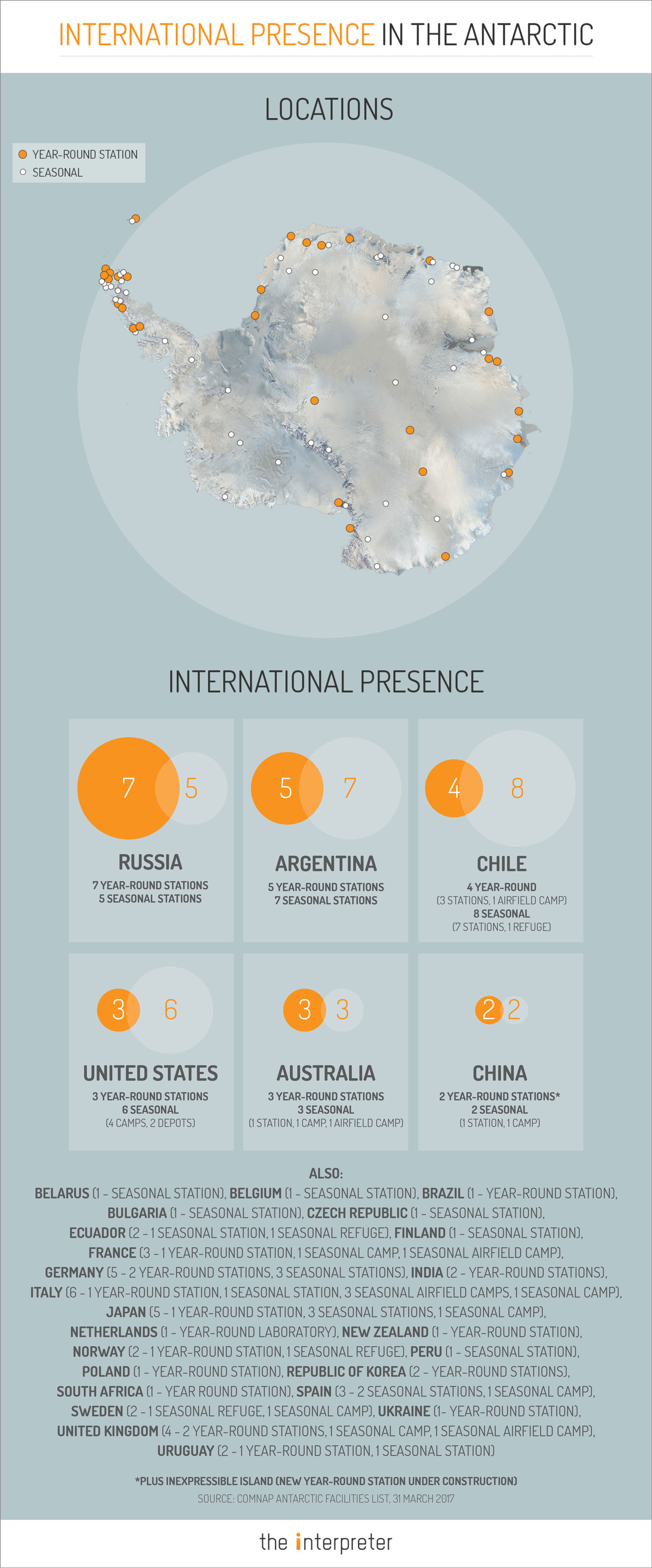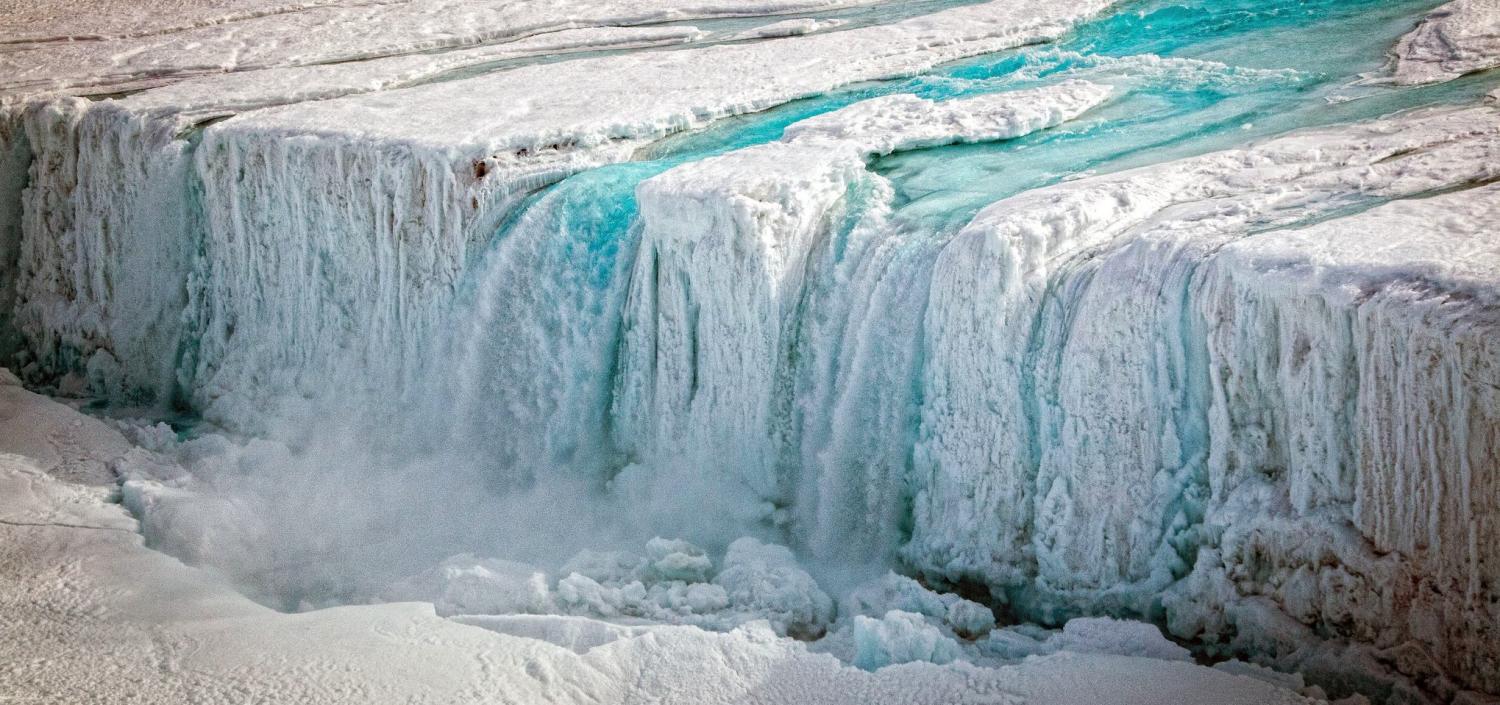In 1912 a team of explorers were stranded for a miserable winter at Inexpressible Island, in Terra Nova Bay, Antarctica. “The road to hell might be paved with good intentions,” the team doctor noted of the experience, “but it seemed probable that hell itself would be paved something after the style of Inexpressible Island.”
More than a century later, China has commenced construction of its fifth Antarctic research facility, a year-round station located on Inexpressible Island.
The intentions of countries in undertaking such expensive and distant endeavours are often discussed in the media in the same breath as mining and territorial claims. However, members of the Antarctic Treaty, including China, are not permitted to undertake mining activities in Antarctica or make a territorial claim on the continent.
The Antarctic Treaty System is a bundle of agreements that govern activities in the region below 60 degrees south. The Antarctic Treaty, in force since 1961, is intended to continue in perpetuity, with no expiration date. Its central objective is to keep the region free of conflict, reserved for scientific research and peaceful activities. On the question of sovereignty, Article IV specifies that no activities undertaken during the life of the Treaty can be used as a basis for a territorial claim on the region.

The Madrid Protocol, in force since 1998, bans mining activities on Antarctica, and places restrictions on many activities on the ice and around its coast, in order to protect the environment. The Madrid Protocol also establishes the Committee for Environmental Protection, which provides advice to the Antarctic Treaty Consultative Meetings on environmental matters.
Despite popular belief that the Madrid Protocol will expire in 2048, in reality that year is merely the date from when a Party can request a review. From there, the procedural mathematics involved pose an enormous hurdle to making any changes. In 2016, on the 25th anniversary of the Protocol, all Parties (including China) unanimously confirmed a commitment to the mining ban in the Santiago Declaration.
Arguably, there are more constructive discussions to be had beyond the usual commentary about mining and assertions of sovereignty. For example, is there actually a need for more research stations in Antarctica? What are the roadblocks to cooperation? And what role could and should China play as it asserts itself as a major contributor to Antarctic scientific research?
Commentary regarding the growth of China’s footprint in Antarctica often appears in the media. Relatively speaking, however, its footprint is hardly enormous. China has five bases in Antarctica, including two year-around stations (Great Wall and Zhongshan), one seasonal station (Kunlun), and one camp (Taishan). The new facility is intended to be another year-around station.
If it was some sort of competition (it’s not), China has fewer bases in Antarctica than Australia, the United States, Russia, Chile, and Argentina.

At the annual Antarctic Treaty Consultative Meetings, it is often remarked that sharing stations can lessen the human footprint in Antarctica. Cooperation already happens at many levels, and has done for decades, and perhaps increased sharing of facilities could be the Treaty parties’ next big drive.
Many factors underpin the need for increased cooperation in Antarctic science, and China does not appear to isolate itself from broader research and logistic efforts. Access to the continent is difficult, expensive, and a logistical nightmare. In the case of emergencies, entire research seasons must be quickly discarded to ensure that lives are not lost. Cooperative research logistics and facilities can alleviate some of this difficulty.
The spirit of cooperation is regularly displayed. For example, when the chartered icebreaker MV Akademik Shokalskiy got trapped in the ice, China’s MV Xue Long provided air evacuation for many of the passengers. Having more icebreaking research assets in the notoriously difficult East Antarctic region should be reason for celebration, scientific collaboration, and cooperation, particularly while Australia waits for the increased capacity offered by the larger RSV Nuyina, scheduled for completion in 2020.
Furthermore, Antarctic research is often on such a scale that it simply must be cooperative. Climate and oceans data and observations collected in the region by Australian scientists, for instance, would likely be important to Chinese researchers, and vice versa. Any increase in data sharing, collection, and collaboration through cooperative mechanisms, such as the Southern Ocean Observation System, only add value to global efforts to understand climate change and its related impacts.
This is already happening. Publications produced by the Australian Antarctic Division and the Antarctic Climate and Ecosystems CRC show that dozens of Antarctic science papers have been co-written with Chinese affiliated collaborators. The Centre for Southern Hemisphere Oceans Research is another example of broadscale research collaboration between China and Australia.
So, while some continue to play the geopolitical card in Antarctic discourse, in the spirit of the Antarctic Treaty System let’s instead concentrate on fostering collaboration and cooperation in the areas of ocean and climate science that is so urgently needed.

